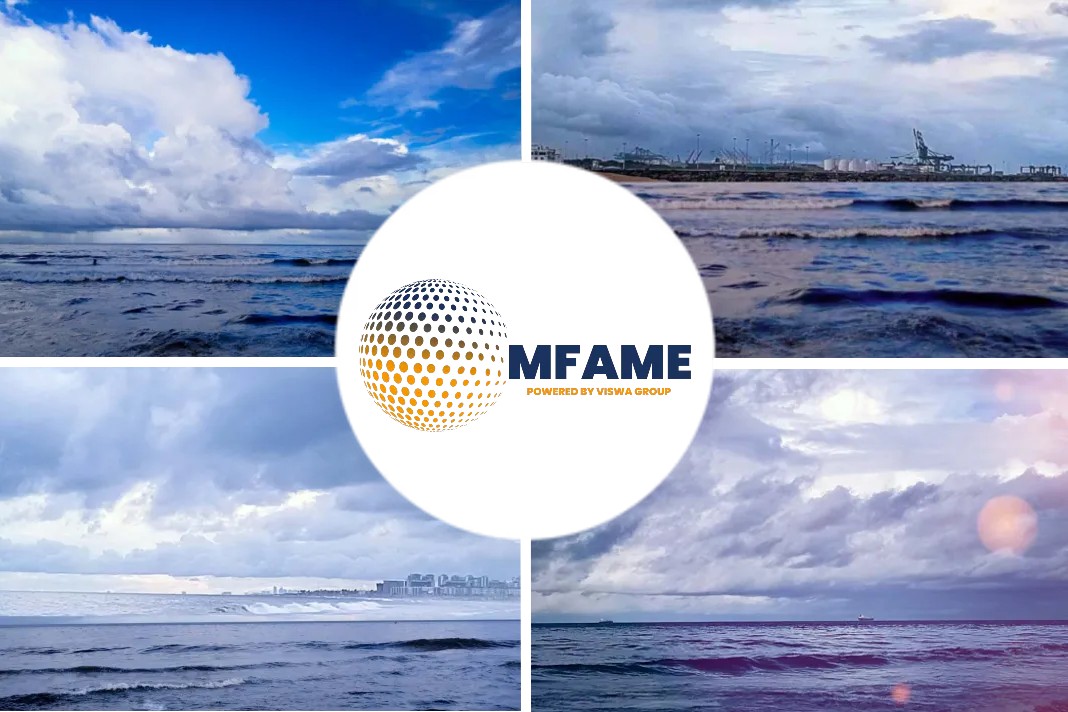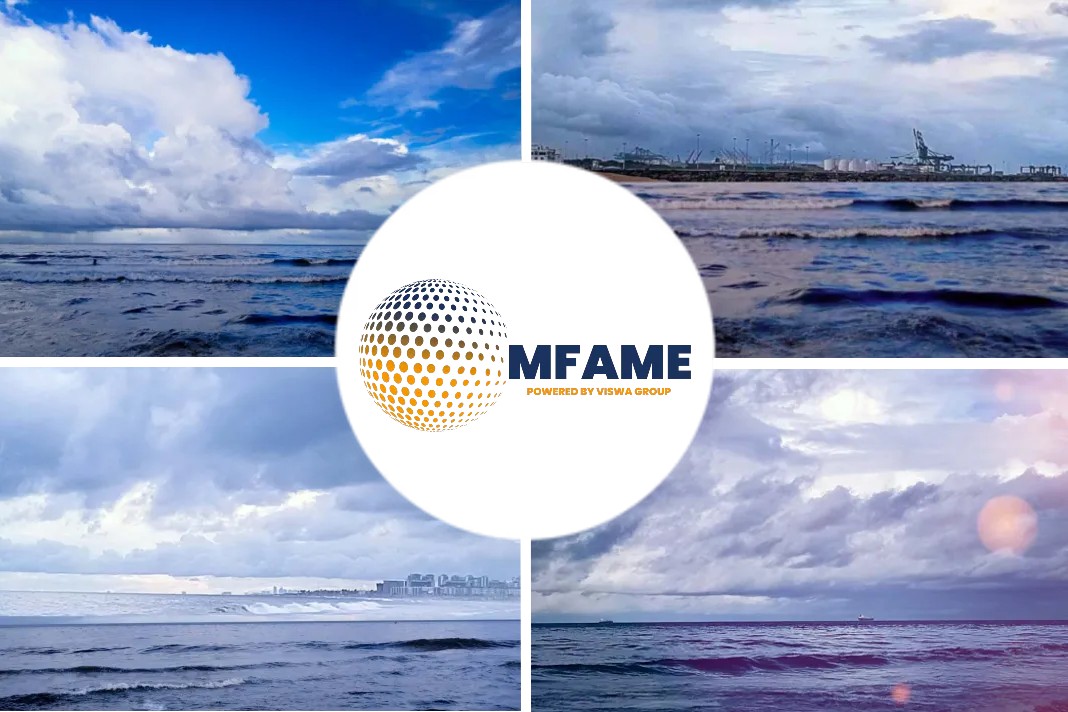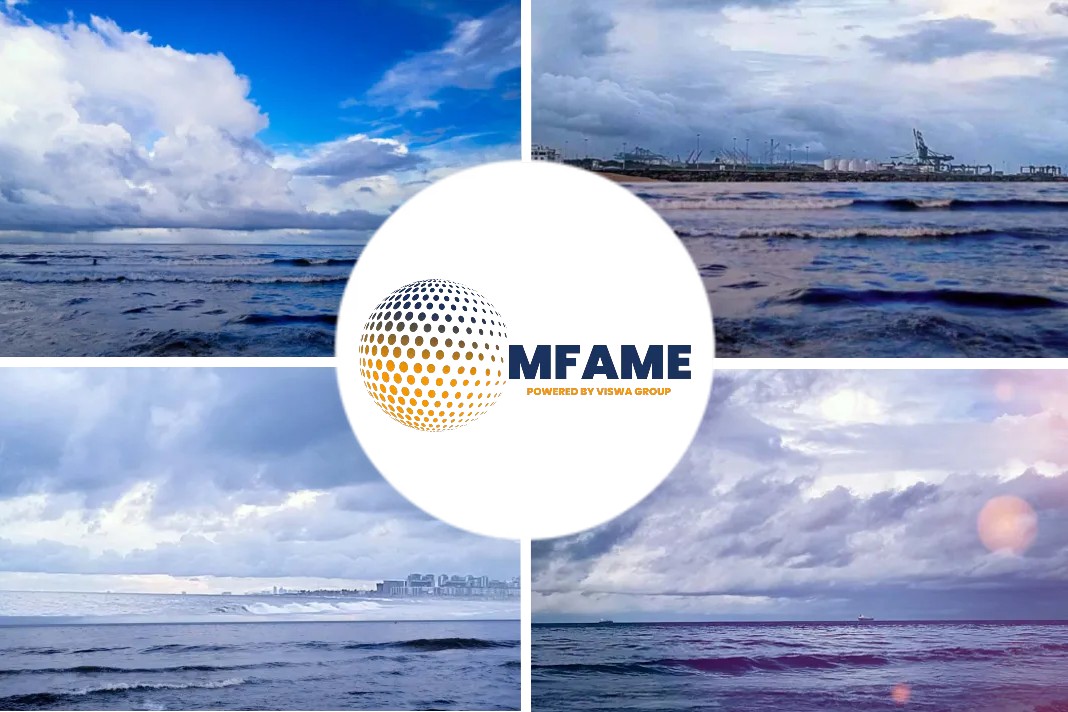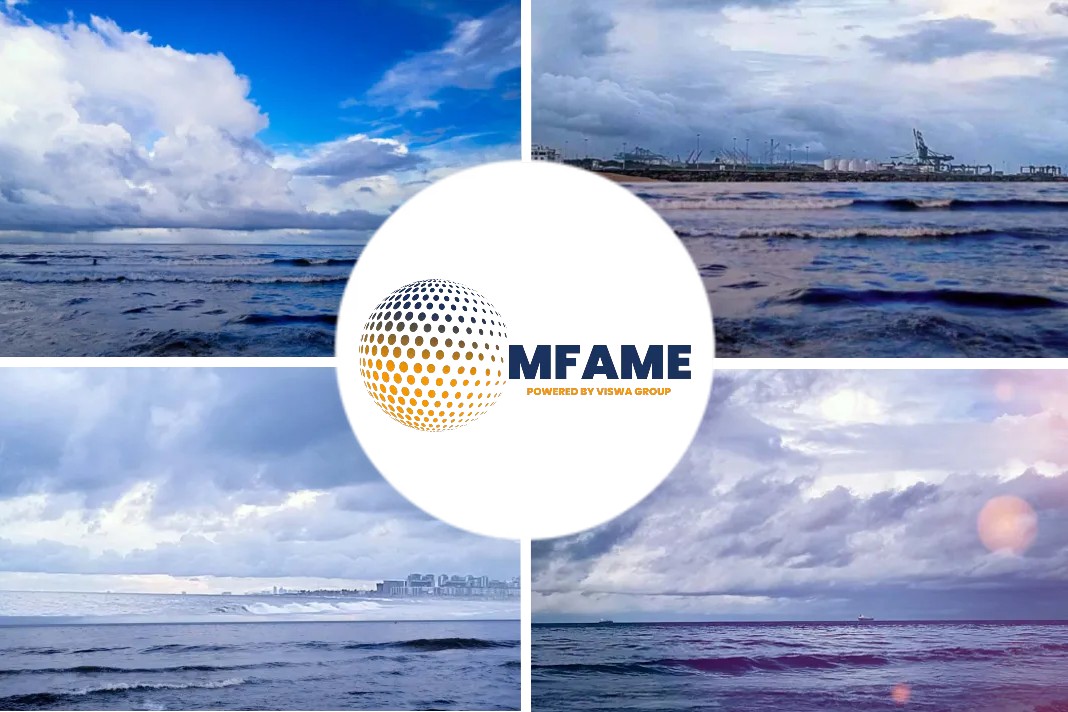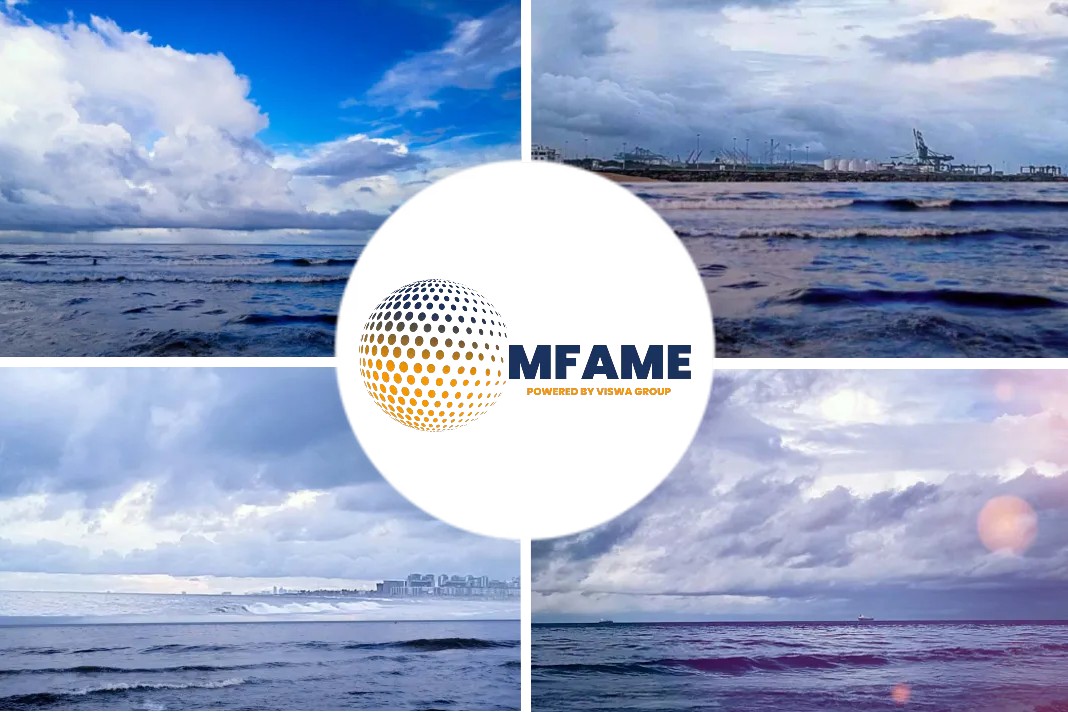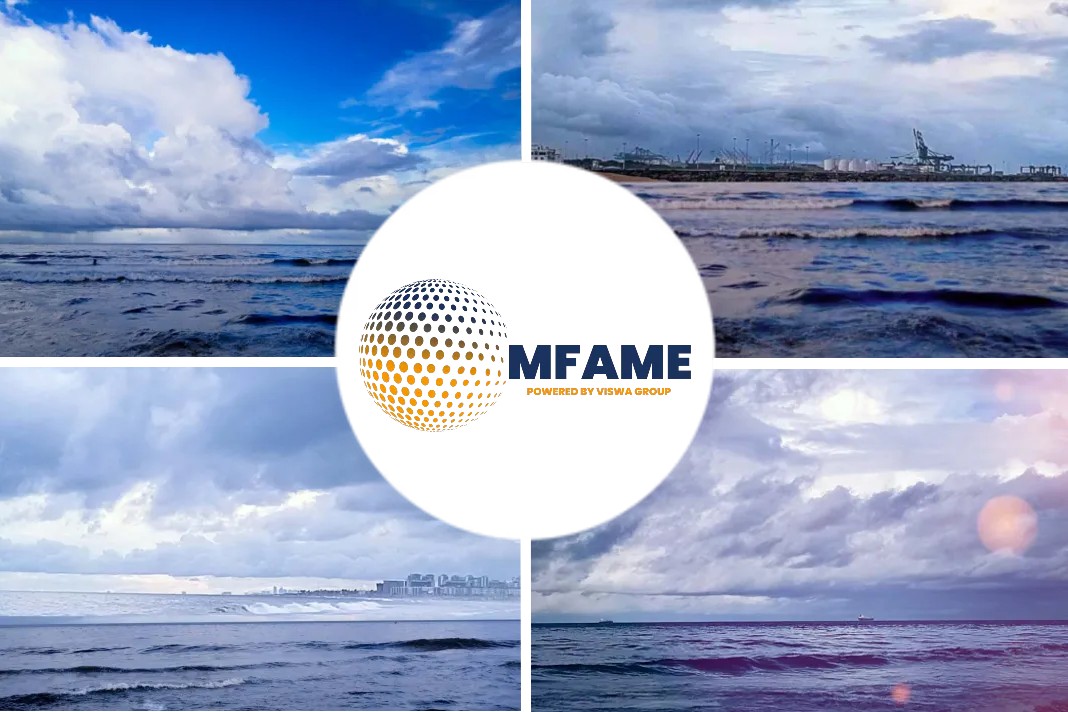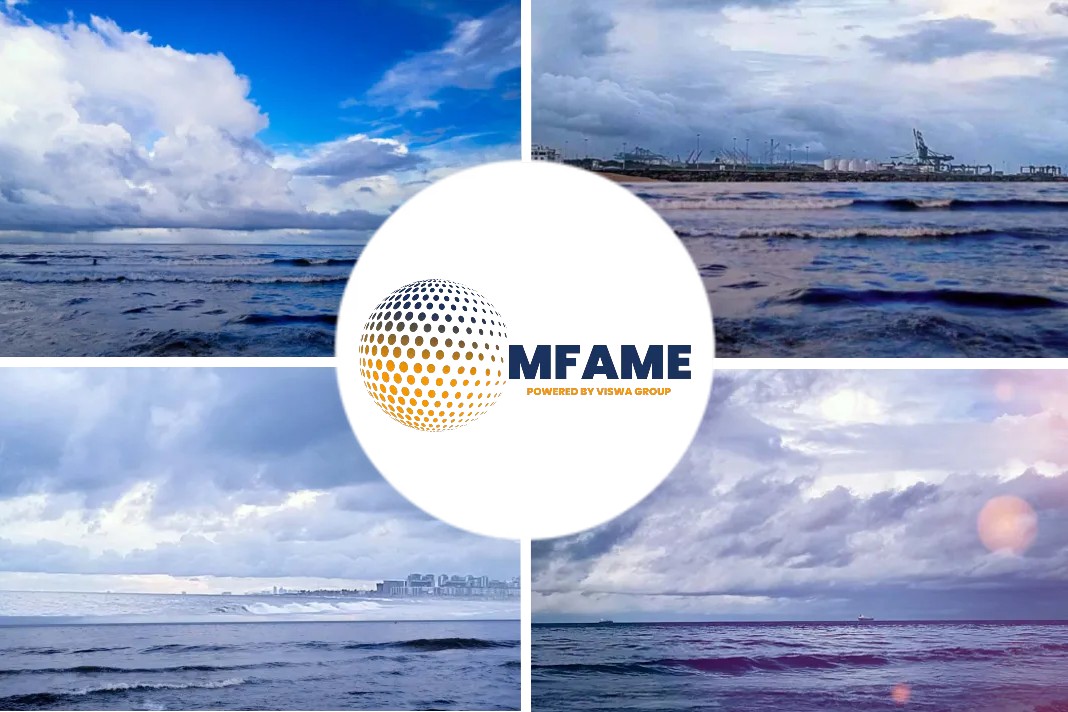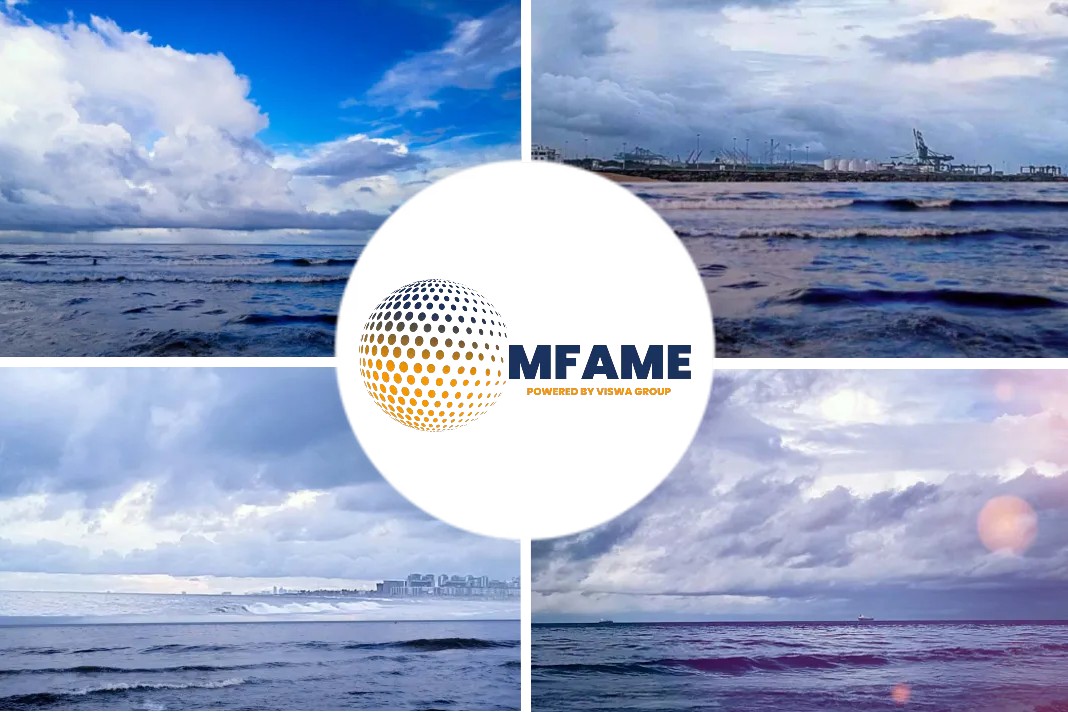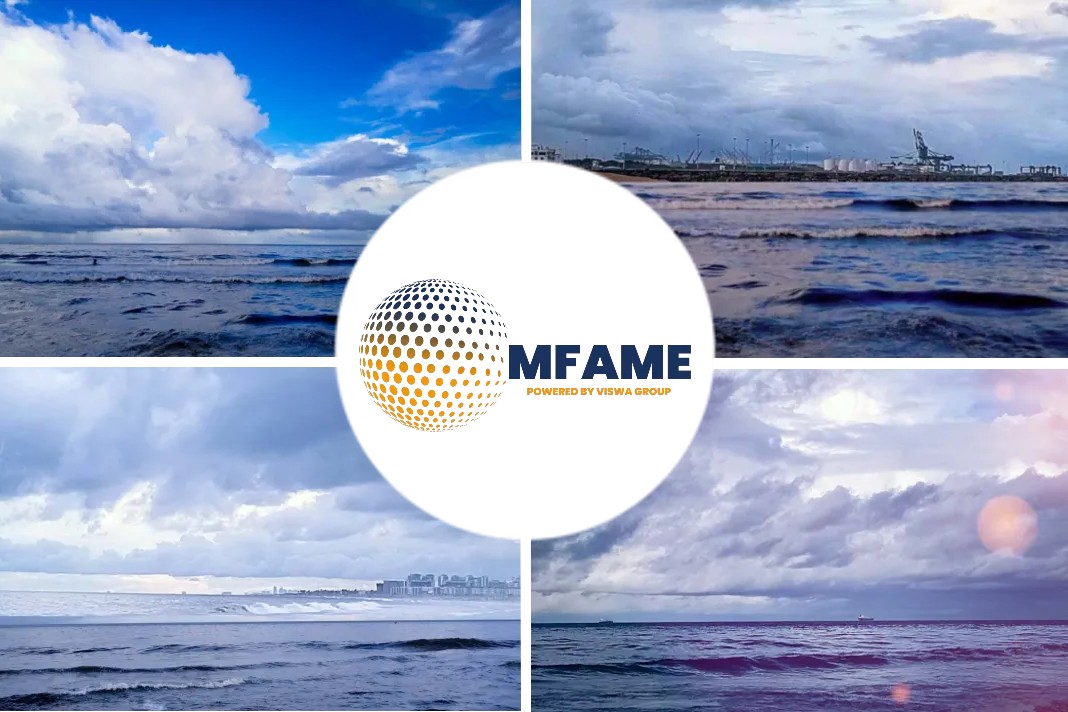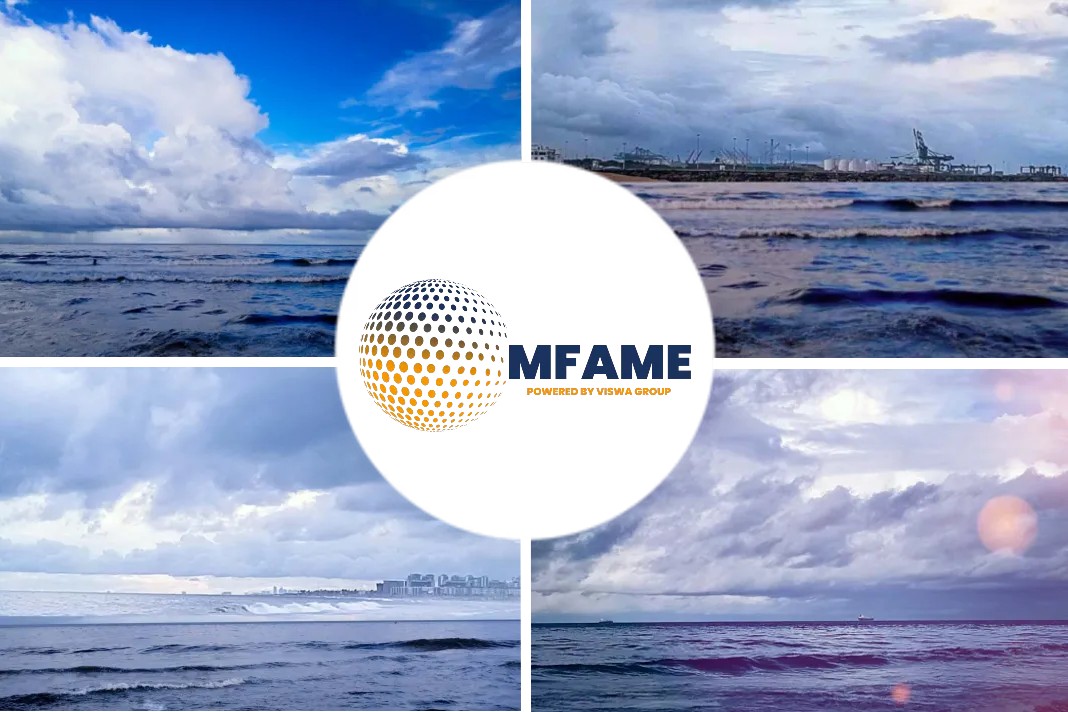- There’s surf in unexpected places; there are waves produced in unusual ways.
- One of the great things about surfing is that you will never ride two identical waves.
An article published in Surfer Today covers up about 10 weird waves experienced while surfing.
Types of Surfers
Sometimes, the best plan to break away from monotony, crowded lineups, and orthodoxy is to unfollow the norm and the informal, pre-established rules.
Skateboarding, for instance, although a relatively new sport, found its own rebellious mode and quickly set a universal, no-rules guideline.
Ride what, where, when, and how you want to ride – that’s the only secret to success if you’re a regular sidewalk surfer. If you’re a wave rider, you’ll naturally face more limitations.
Surfers will always be dependent on the existence of some form of rolling (or static) slope of water. However, the time when surfing was purely an ocean sport is over.
Today, you can ride a wave anywhere on the planet, from the freezing waters of the Arctic to the freshwater streams of Wyoming.
Tanker Waves
A tanker wave is a wave produced by a tanker ship or ferry boat passing through a channel, river, or sea. Generally speaking, the larger and heavier the ship, the bigger the wave.
The water displacement caused by the movement of the vessel, alongside a favorable bathymetry, can produce waist-high waves.
Tanker surfers generally use longboards with good flotation in order to catch and get the most out of these temporary waves.
Texas, South Carolina, New Jersey, Nantucket, and Lisbon offer some of the most amazing oil-tanker surfing opportunities.
Tidal Bore Waves
A tidal bore is a rare natural phenomenon in which an extraordinarily high sea tide rushes up a river, forming a wave that can travel upstream several miles.
These waves accumulate a lot of energy and can be extremely powerful and destructive to both sides of the river.
England (Severne River), France (Seine River), Brazil (Pororoca), China (Qiantang River), Canada (Petitcodiac River), Indonesia (The Bono), Malaysia (Benak River), and Alaska (Turnagain Arm) produce some of the best tidal bores for surfing.
Wave Machines
The Flowrider is a technology that allows surfers to ride an endless static wave.
The machine produces several types of artificial waves – also known as sheet waves – that allow surfers to perform some of the tricks that can be done on an ocean wave.
The wave never moves forward. It’s the water flowing over a smooth stationary surface that keeps the rider surfing over a thin layer of water.
This wave machine technology is already available in many venues across the world and even in airports.
River Waves
River surfing is one of the fastest-growing movements within the wave riding community.
Believe it or not, there are surfable river waves in almost every country where a stream of water runs – you just have to find it.
Stationary wave riding is an amazing experience, especially if you’re surrounded by creeks, cliffs, mountains, flora, and fauna. The higher the volume of water flowing, the better the waves.
But the characteristics of the riverbed also play a crucial role in the formation of these waves. In technical terms, the type of hydraulic jump matters. If you live in an urban area, don’t despair.
There may be several eccentric city waves breaking nearby under pedestrian bridges or uneven stream beds. Find information or search them.
Munich (Eisbach River), Oregon (Bend Whitewater Park), Wyoming (Snake River), Livingstone (Zambezi River), Thun (River Thun), Sarpsborg (Glomma River), and Idaho (Boise Whitewater Park) are some of the most popular river surfing waves in the world.
Lake Waves
Lake surfing could be an unforgettable – and rare – experience.
Although there are not many closed bodies of water capable of producing rideable waves, some of the world’s large lakes do have surf.
All you need is to pay attention to powerful storms or strong winds blowing for hours or days. Localized wind swells will produce ankle-to-waist-high waves in freshwater coastlines.
The Caspian Sea, The Great Lakes (Canada and the USA), Lake Tahoe (California and Nevada), Lake Victoria (Uganda, Kenya, and Tanzania), Lake Tanganyika ( Burundi, Tanzania, Zambia, and Congo), and Lake Baikal (Russia) will produce surfing waves.
Wave Pools
Human-made waves are the future of inland surfing. The sport of surfing, which from a classic perspective has always been practiced in the ocean, is now moving to non-coastal regions.
Wave pools are changing the way people get in touch with a surfboard for the first time. You may actually become a good surfer without ever going near the ocean.
Artificial waves breaking in indoor or outdoor recreational spaces are already replicating the traditional ocean surfing experience.
There are several commercial wave pool technologies already making high-performance waves in closed environments.
Wavegarden, American Wave Machines, Murphys Waves, Barr + Wray, Wave Loch, UNIT Parktech, Kelly Slater Wave Co., and Surf Lakes deliver different methods of producing freshwater waves in swimming pool-like facilities.
Dredged Rivermouth Waves
From time to time, river mouths have to be dug to let excess water flow toward the ocean.
And when that happens, the process sometimes creates a quality stationary wave near the shoreline. Sometimes the streamflow is so powerful that it allows surfers and bodyboarders to ride the static layer of water for several hours.
These chocolate-colored waves don’t last long, so you’ve got to be near the river mouth when the dredging works take place.
The most popular dredged river mouth wave can be found in Oahu (Waimea River).
Glacier Waves
Glacier surfing is an extreme wave riding activity that consists of riding a wave formed from falling ice that calves or breaks. There are not many places in the world where you could potentially do this.
Also, when it happens, it may not be a good sign, at least for humankind. In most cases, glaciers melt due to global warming.
Depending on your glacier watch skills and luck, you could be riding an ankle-high roller or a perfectly peeling shoulder-high wave. Ideally, you’ll need a big chunk of ice falling as close as possible to the bank you’re waiting at.
The size and angle of the glacier hitting the water will determine the quality of the wave. A loud crack is generally a good sign.
Beluga Point (Alaska) is one of the rare places on the planet where you can ride waves made from glacier calves.
Backwash Waves
A backwash wave is a wave formed after a wave breaks and hits an obstacle or slope and then moves in the opposite direction.
This phenomenon can occur on beaches with a steep slope and places where waves break in front of high cliffs and rocky shorelines or near jetties, breakwaters, or piers.
The new wave often carries enough energy to be ridden by a skilled surfer.
Gijon (San Lorenzo Beach), Cornwall (Newquay Harbour and Towan Bay), California (Sandspit), Makaha (Oahu), and Western Australia (Wyalup-Rocky Point) offer some of the most exciting backwash waves in the world.
Upstream River Waves
An upstream river wave is apparently similar to the tidal bore but has a totally different origin.
It is a wave or group of waves that are created in the ocean and then travel up the river. Unlike tidal bores, they are not the result of extreme tide changes. Several variables have to come together to make it a reality.
The wind should be blowing strong near the river mouth, and the ocean swell should be channeling the waves directly into the river mouth.
The more the waves travel up the river, the better and more clean the wave faces become.
San Sebastian (Urumea River) and Cornwall (Bude River) provide some of the best upstream river waves on Earth.
Did you subscribe to our daily newsletter?
It’s Free! Click here to Subscribe!
Source : Surfer Today






